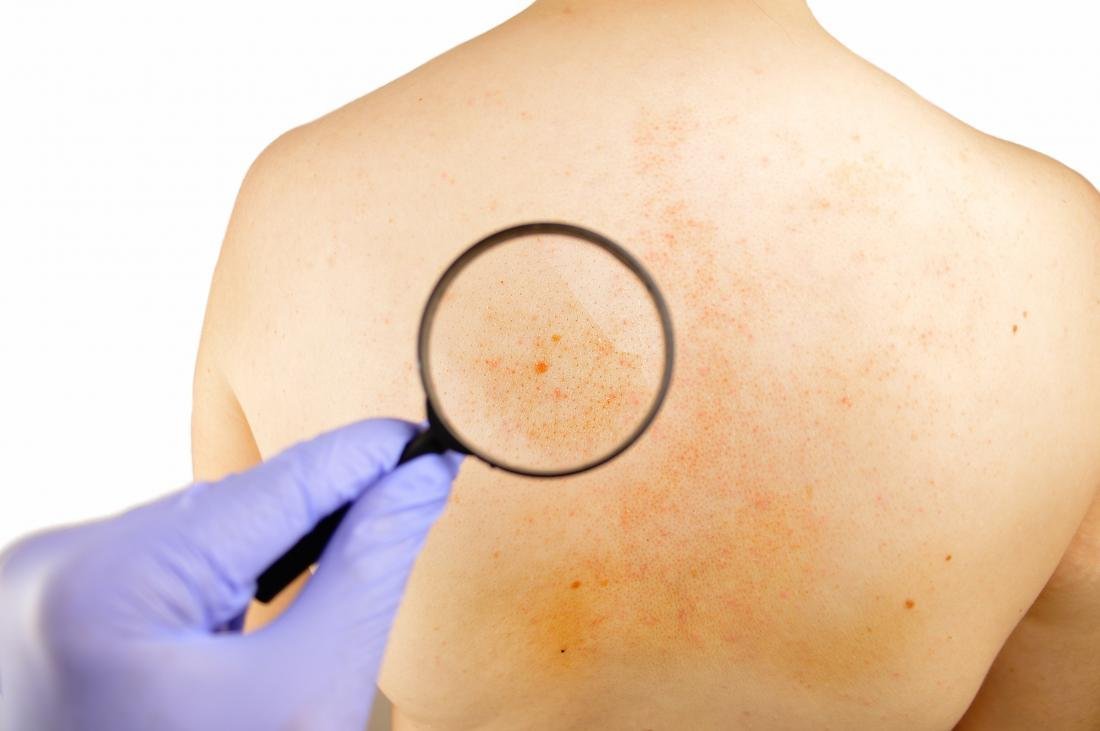The Common Causes And Symptoms You Should Know About
To accept food into the mouth, prepare it, and transfer it from the mouth to the stomach, about 50 pairs of muscles and several nerves are involved.
To properly swallow, your brain, several muscles and nerves, two muscular valves, an open, unblocked esophagus, or a swallowing tube must all function together. Dysphagia, which refers to trouble swallowing, makes it more difficult to get food or drink from your mouth to your stomach.
Any age can experience it, although older folks are more likely to do so. Treatment for swallowing issues is based on etymology, which might vary.
Swallowing can be impossible in some circumstances; chronic dysphagia is a major medical problem that has to be treated.
In this article, we shall help you understand some of the most common causes of dysphagia and the symptoms one may face due to this problem.
To overcome the problems related to dysphagia, you can check out these tips and learn how to swallow your pills and food perfectly.
Causes Of Dysphagia
Given below are the causes of dysphagia—
Neurological Problems
The complicated process of swallowing requires the coordinated activities of a web of nerves and muscles. Unfortunately, numerous neurological diseases may obstruct this function and result in abnormal swallowing (dysphagia).
Oropharyngeal dysphagia has a variety of reasons—
- Stroke.
- Traumatic brain injury.
- Cerebral palsy.
- Parkinson’s disease.
- And other degenerative neurological conditions.
Doctors will likely do two or more tests to identify oropharyngeal dysphagia. The rhythmic muscular contractions, muscle coordination, and force that the muscles exert in the esophagus during swallowing are all measured by esophageal manometry.
Medical professionals hold a flexible fiberoptic scope above the larynx through the nose to examine the swallow.
Dysphagia may make eating and drinking less enjoyable and cause more serious problems, including malnutrition, weight loss, and dehydration.
Aspiration of liquids or solids (breathing them into the airway while swallowing) can lead to upper respiratory infections like pneumonia and bronchitis and other respiratory issues.
Dysphagia is one of several symptoms and limitations that must be managed for those with progressive degenerative neurological illnesses.
Obstruction
Contact your doctor or nurse for assistance if you have problems swallowing, a throat infection, an obstruction in the throat, a narrowing of the esophagus, or any of these conditions.
Once the blockage is treated for mouth cancer or throat tumors like laryngeal cancer or oesophageal cancer, it may no longer be a problem.
Pharyngeal (throat) pouches are an uncommon disorder that primarily affects older individuals and causes a huge bag to form in the upper region of the esophagus, reducing the capacity to swallow both liquids and solids.
Eosinophilic oesophagitis is an abnormal condition. Here a peculiar form of white blood cell called an eosinophil accumulates in the esophagus lining. This happens due to a response to certain meals, allergies or acid reflux. This buildup harms the lining and makes swallowing difficult.
Scar tissue from radiation treatment may constrict the oesophageal and throat passageways.
Due to gastro-oesophageal reflux disorder (GORD), your esophagus may become narrowed by scar tissue.
Infections like thrush and TB can cause the esophagus to become inflamed (oesophagitis)
Muscular Conditions
Duchenne muscular dystrophy (DMD) is a rapidly progressive neuromuscular disease. DMD gradually affects the skeletal, respiratory and cardiac muscles.
During airway infections, controlling airway loading and clearance becomes more difficult in elderly DMD patients. Complaints of discomfort when swallowing, feeling of food sticking in the throat and coughing during and after meals.
Luoroscopic swallowing video study (VFSS), Manometry and swallowing (reimbursement) Evaluation of optical fibers (reimbursement) of optical fiber assessment (reimbursement) verifies exclusively and quantifies the expected diagnosis.
When dysphagia is confirmed, it is necessary to exclude the presence of gastroesophageal frost.
Congenital And Development Causes
The term “innate” refers to what you were born with. Developmental circumstances influence the developmental path. Congenital or developmental disorders that may cause dysphagia:
- Learning Disabilities – Difficulty in reading, understanding and communicating
- A cerebral palsy is a group of neurological disorders that affect movement and coordination.
- A cleft palate is a common congenital disability that causes the roof of the mouth or upper lip to open or crack.
Dysphagia Diagnosis
Flexible laryngoscopy, endoscopic swallowing examination, and modified barium swallow are some diagnostic procedures for swallowing abnormalities.
Your throat and vocal cords are examined with a scope that is inserted into your nose by an ENT (ear, nose, and throat) expert.
A speech therapist will give you various meals and beverages to chew and swallow while a radiologist takes X-rays of your mouth, throat, and esophagus.




